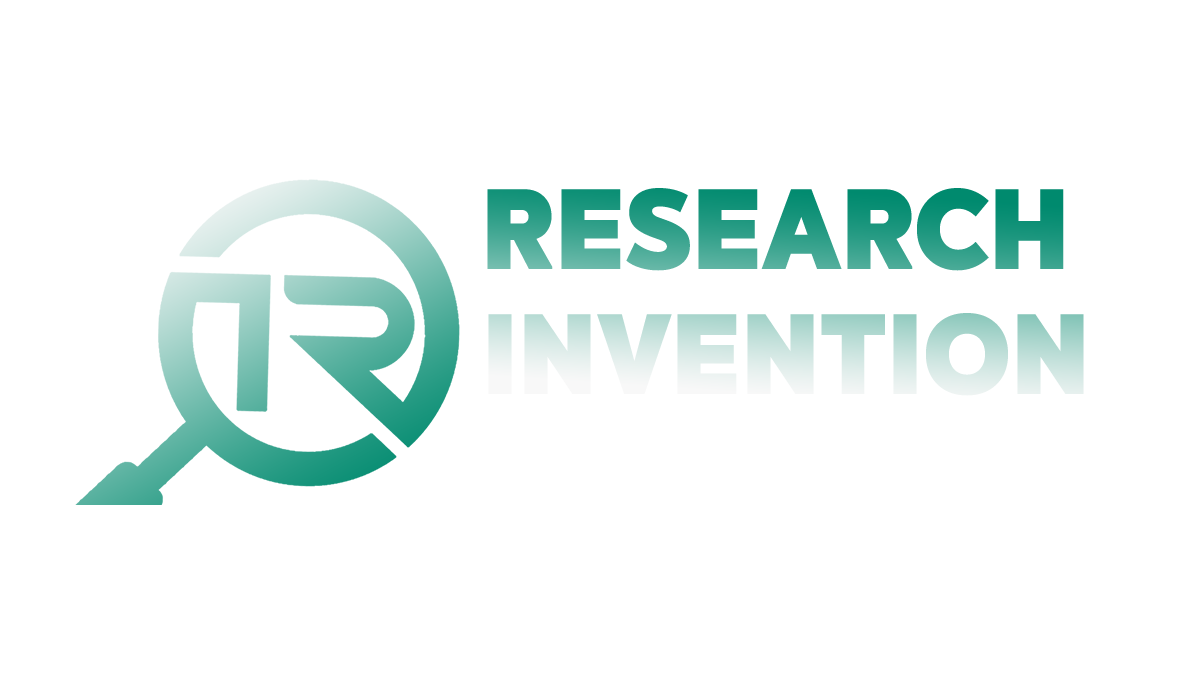Managing Productivity in Remote Work: Measurement, Approaches, and Obstacles
Balinda Jendyose
Department of Public Administration Kampala International Uganda
ABSTRACT
The widespread adoption of remote work has prompted organizations to reassess productivity metrics to comprehend the implications of this transition fully. This evaluation entails comparing productivity data before and after the shift to discern patterns, obstacles, and prospects. Organizations employ diverse methods, including employee surveys, performance assessments, time tracking tools, and output analysis, to gauge productivity changes. Metrics such as employee engagement, collaboration efficacy, task completion rates, and project timelines are scrutinized to evaluate productivity alterations. Comparing productivity metrics between remote and in-office work elucidates disparities in work patterns, efficiencies, and challenges inherent in each environment. Key performance indicators (KPIs) such as task completion rates, time allocated to productive tasks, output volume, response time, meeting engagement, and employee satisfaction are crucial for monitoring and managing remote teams effectively.
Keywords: Productivity metrics, remote work, organizational transition, performance evaluation, key performance indicators (KPIs).
CITE AS: Balinda Jendyose (2024). Managing Productivity in Remote Work: Measurement, Approaches, and Obstacles. RESEARCH INVENTION JOURNAL OF CURRENT RESEARCH IN HUMANITIES AND SOCIAL SCIENCES 3(1):63-70.
